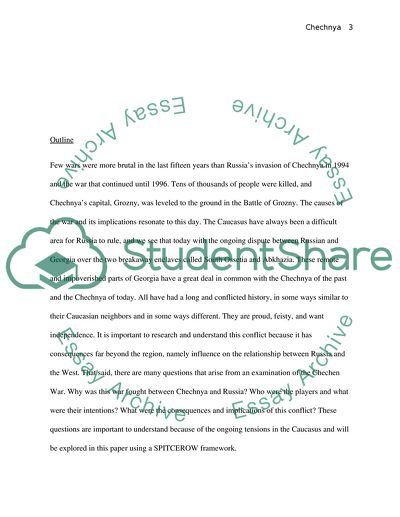Cite this document
(Chechnya: Life in a War-Torn Society Case Study, n.d.)
Chechnya: Life in a War-Torn Society Case Study. Retrieved from https://studentshare.org/history/1727670-conflict-analysis-frameworks-for-chechen-war
Chechnya: Life in a War-Torn Society Case Study. Retrieved from https://studentshare.org/history/1727670-conflict-analysis-frameworks-for-chechen-war
(Chechnya: Life in a War-Torn Society Case Study)
Chechnya: Life in a War-Torn Society Case Study. https://studentshare.org/history/1727670-conflict-analysis-frameworks-for-chechen-war.
Chechnya: Life in a War-Torn Society Case Study. https://studentshare.org/history/1727670-conflict-analysis-frameworks-for-chechen-war.
“Chechnya: Life in a War-Torn Society Case Study”, n.d. https://studentshare.org/history/1727670-conflict-analysis-frameworks-for-chechen-war.


